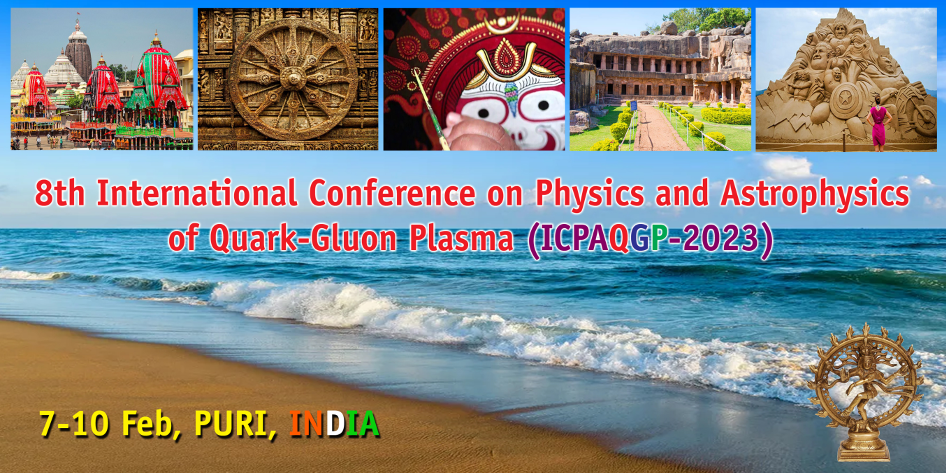Speaker
Description
The high-energy collisions can be viewed as collision of two colored glasses using the Color-Glass condensate (CGC) picture. It results in the production of the strong coherent gluon fields known as Glasma. The colored electric and magnetic fields evolve by the means of Classical Yang-Mills (CYM) equations. The lifetime of this pre-equilibrium stage is of the order of formation and thermalization time of Quark-Gluon Plasma (QGP), typically a short fraction of fm/c.
Heavy quarks (HQs) produced in the early phase of the ultra-relativistic heavy-ion collisions are efficient probes each for the pre-equilibrium Glasma phase and the equilibrated quark-gluon plasma. We study the diffusion of the HQs in the evolving Glasma (EvGlasma) using Wong’s equations. We compare the transverse momentum broadening, $\sigma_p$ of the HQs in the evolving Glasma fields with that of a standard, Markovian-Brownian motion in a thermalized medium with the same energy density of the Glasma fields. We observe that the $\sigma_p$ of HQs increases non-linearly during the very early time in the Glasma, suggesting heavy quarks super-diffuse in the gluon fields. We also find that for a smaller value of saturation scale, $Q_s$, the average transverse momentum broadening is approximately the same for the two cases, but for a larger value of $Q_s$, Langevin dynamics underestimates the $\sigma_p$. Adding to this, we are also studying the anisotropic angular momentum flow of HQs in the Glasma, and we present some preliminary interesting results.

